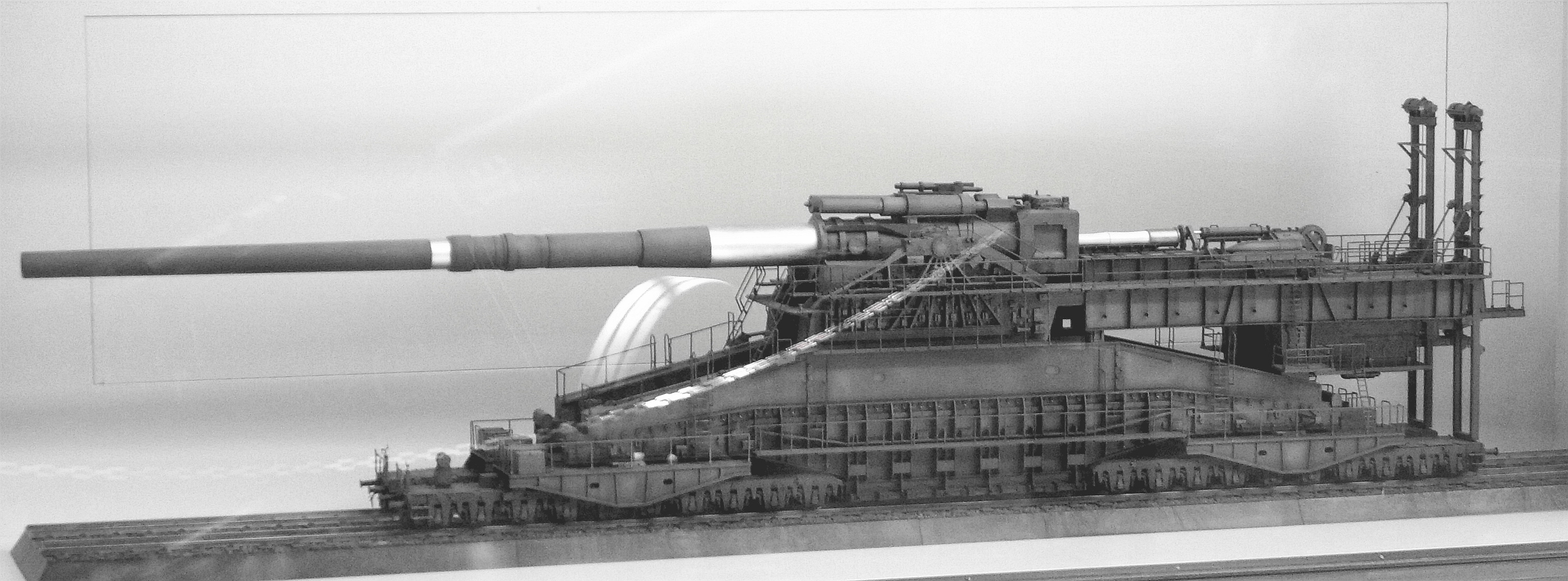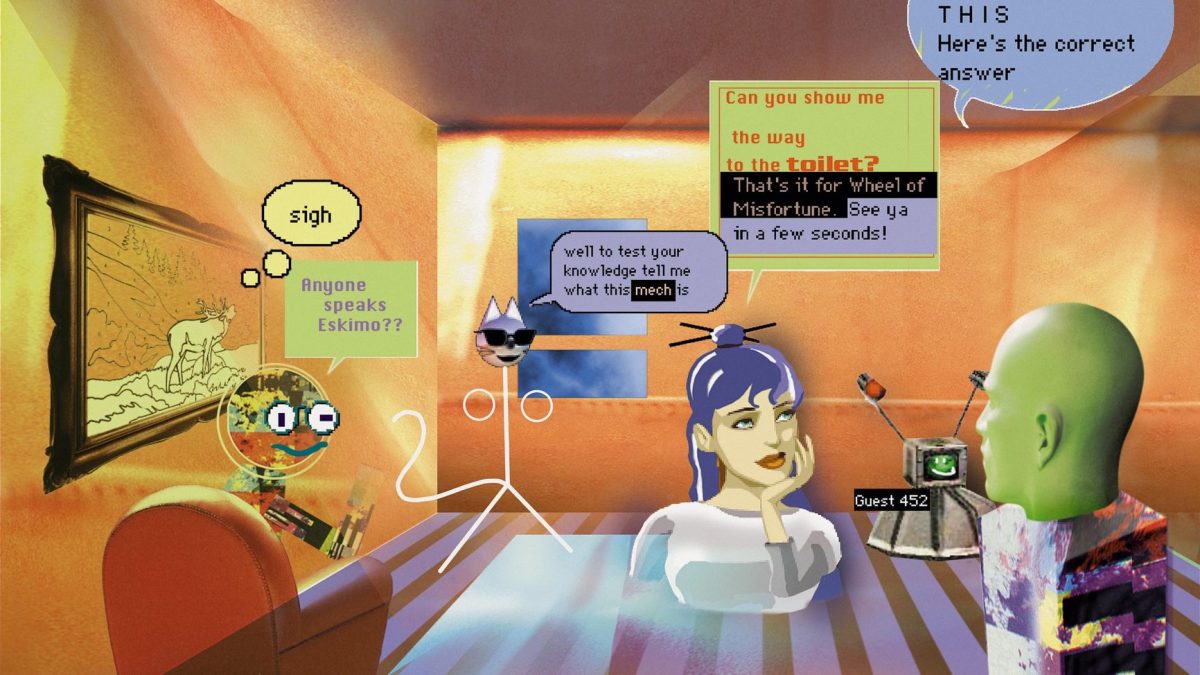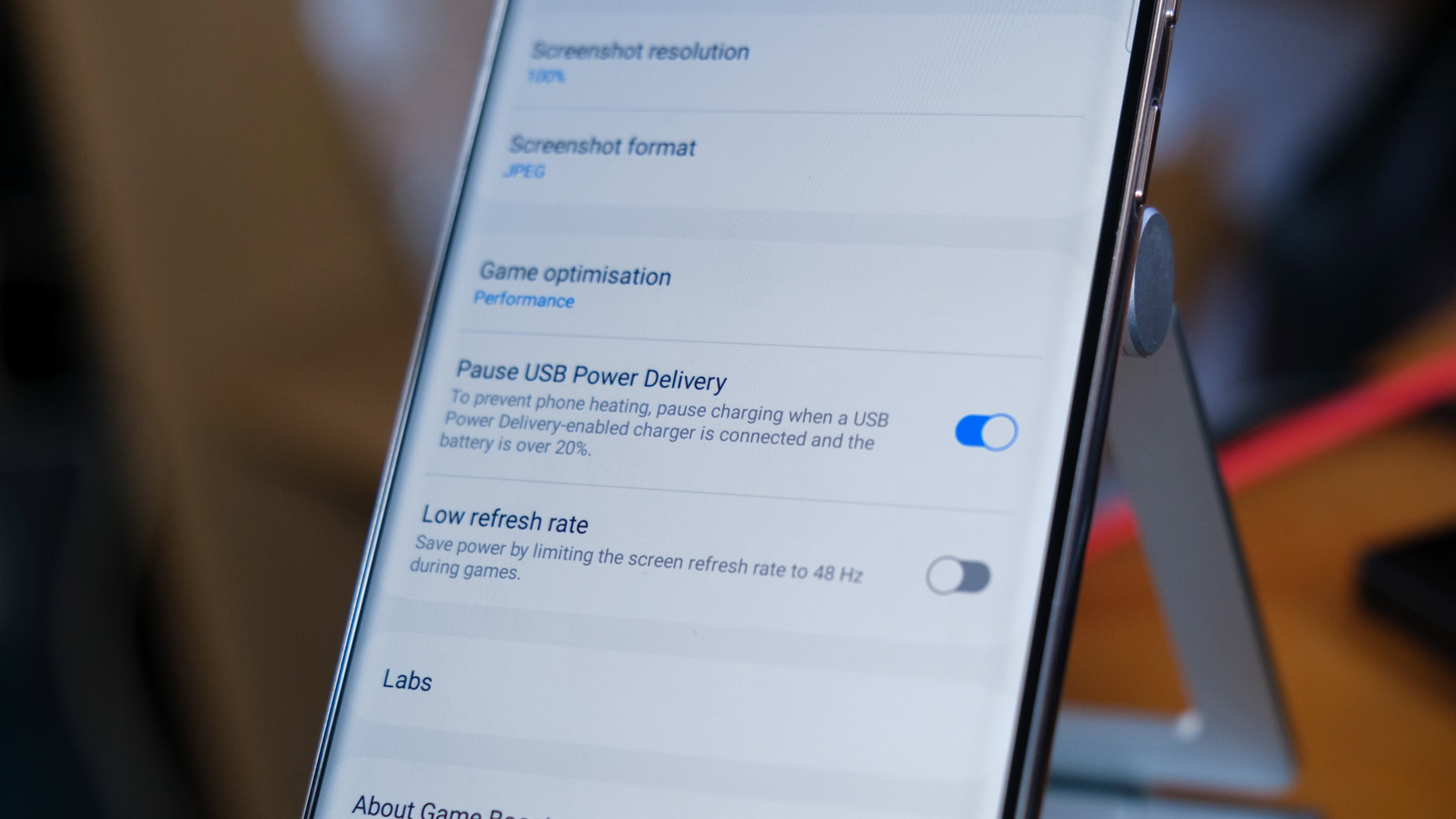Nazi Weapons of the Future
We know. The title sounds like a bad newsreel from 1942. It turns out, however, that the Nazis were really good at investing money in military research and developing - or trying to develop - what they called the "wunderwaffe". " - miracle weapons. While we think rockets and jets are reasonably common today, they were state-of-the-art when Germany deployed them in World War II. While the rockets had reasonable success, the jets were too few and too late to matter. However, that was just the tip of the iceberg. The German war industry had many plans ranging from giant construction to secret weapons that look like they came out of the pages of a science fiction magazine.
Size MattersPart of the plans included huge ships, including an aircraft carrier displacing 56,500 tons. Many of them were never completed, and in some cases were never actually started. In contrast, the Essex-class USS Hornet displaces 31,300 tons and the Lexington 37,000 tons. The H-class battleships would have had up to 140,000 tons of displacement, eclipsing the Yamato class (73,000 tons) and the Iowa class (53,000 tons).
Underwater there were plans for a ballistic missile submarine that never got off the ground. The Type XXI submarines had all-electric propulsion so they could operate completely submerged for long periods. While 118 were under construction, only four were completed. There were several other submarines planned with air-independent propulsion.
 Gustav Railroad Gun
Gustav Railroad GunOne of the most interesting designs that didn't come to fruition was the Type XI - a submarine that could carry a collapsible aircraft. There were four under construction before the program was cancelled. Although it may seem exaggerated, the Japanese have launched four I-400 submarines that can carry three aircraft.
There were also huge tanks planned, including one weighing 1,000 metric tons. The Landkreuzer P. 1000 Ratte would have had two 280 mm guns, a 128 mm anti-tank gun, eight flak guns and two heavy machine guns.
The Karl-Gerät was a self-propelled mortar. The completed seven could fire a 60 cm shell. You might think that's half the size of a typical fixed mortar until you realize that a fixed mortar is usually 120mm or 12cm! Then there was the Schwerer Gustav, an 80cm railway gun that actually saw service. There were unrealized plans to mount it on a tank.
Advanced technology
We know. The title sounds like a bad newsreel from 1942. It turns out, however, that the Nazis were really good at investing money in military research and developing - or trying to develop - what they called the "wunderwaffe". " - miracle weapons. While we think rockets and jets are reasonably common today, they were state-of-the-art when Germany deployed them in World War II. While the rockets had reasonable success, the jets were too few and too late to matter. However, that was just the tip of the iceberg. The German war industry had many plans ranging from giant construction to secret weapons that look like they came out of the pages of a science fiction magazine.
Size MattersPart of the plans included huge ships, including an aircraft carrier displacing 56,500 tons. Many of them were never completed, and in some cases were never actually started. In contrast, the Essex-class USS Hornet displaces 31,300 tons and the Lexington 37,000 tons. The H-class battleships would have had up to 140,000 tons of displacement, eclipsing the Yamato class (73,000 tons) and the Iowa class (53,000 tons).
Underwater there were plans for a ballistic missile submarine that never got off the ground. The Type XXI submarines had all-electric propulsion so they could operate completely submerged for long periods. While 118 were under construction, only four were completed. There were several other submarines planned with air-independent propulsion.
 Gustav Railroad Gun
Gustav Railroad GunOne of the most interesting designs that didn't come to fruition was the Type XI - a submarine that could carry a collapsible aircraft. There were four under construction before the program was cancelled. Although it may seem exaggerated, the Japanese have launched four I-400 submarines that can carry three aircraft.
There were also huge tanks planned, including one weighing 1,000 metric tons. The Landkreuzer P. 1000 Ratte would have had two 280 mm guns, a 128 mm anti-tank gun, eight flak guns and two heavy machine guns.
The Karl-Gerät was a self-propelled mortar. The completed seven could fire a 60 cm shell. You might think that's half the size of a typical fixed mortar until you realize that a fixed mortar is usually 120mm or 12cm! Then there was the Schwerer Gustav, an 80cm railway gun that actually saw service. There were unrealized plans to mount it on a tank.
Advanced technologyWhat's Your Reaction?






















